# Exploring Ocean Depths: The Key to Carbon Storage and Life Beyond Earth
Written on
Chapter 1: The Ocean Floor and Climate Dynamics
The configuration and depth of the ocean floor significantly impact carbon storage, challenging longstanding beliefs and offering new perspectives on climate change mitigation and the potential for life on other planets.
I have been a scuba diving enthusiast for many years, and I am continually amazed by the geological diversity along coastlines. From the expansive shallow waters of the Caribbean to the steep drops of the continental shelf, and the mysterious depths just beyond the Mediterranean coast, the ocean floor is a world unto itself.
My passion for geology and environmental science led me to explore how these underwater formations can aid our efforts in addressing climate change. It was exhilarating to discover that a group of scientists investigated how variations in underwater topography could influence carbon sequestration—an insight that filled me with hope!
The ocean floor's varied landscape has intrigued researchers for centuries. In the context of our current climate crisis, one of the most compelling mysteries is its role in the carbon cycle, which is essential for regulating Earth's climate.
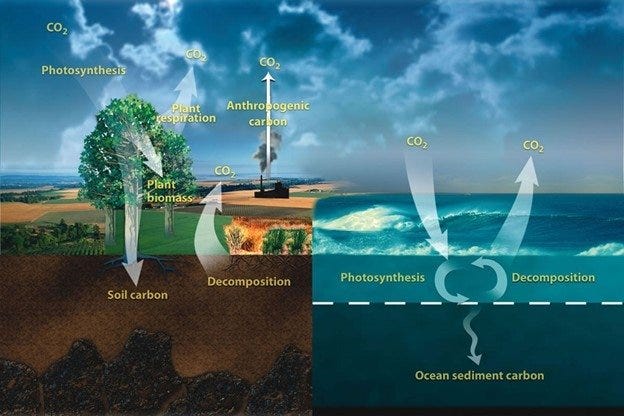
Source: U.S. Department of Energy
Although it is widely accepted that oceans are the planet's largest carbon sinks, absorbing more carbon than both the atmosphere and land combined, the specific effects of ocean floor topography on this process have remained elusive. This complexity arises because the ocean covers over 70% of Earth's surface. Recent research spearheaded by Dr. Matthew Bogumil at UCLA aims to clarify how the shape of the ocean floor influences long-term carbon storage.
Forgive my enthusiasm, but given my background in geology and environmental sciences, this topic was a must-cover.
To explore this, researchers undertook a journey through history, reconstructing the ocean floor's topography over the past 80 million years—thank you, paleontology!
The team utilized extensive data gathering and sophisticated computer modeling to simulate marine carbon storage. By integrating bathymetric data into the Earth system model LOSCAR, they aimed to reveal how variations in the ocean floor's shape and depth affect ocean chemistry, with a particular focus on the carbonate compensation depth (CCD)—the depth below which calcium carbonate dissolves completely.
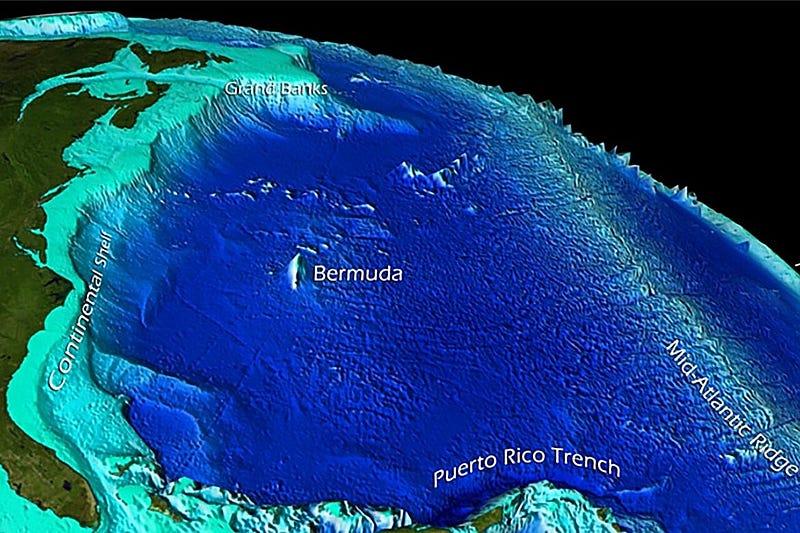
Graphic depicting satellite-captured bathymetric data of the western Atlantic Ocean basin and its ocean floor features. Credit: NOAA’s National Environmental Satellite and Information Service
The findings were groundbreaking: changes in the ocean floor's shape and depth were responsible for up to 50% of the variations in carbon sequestration depth over the last 80 million years! This finding challenges previous beliefs that primarily attributed these variations to atmospheric CO2 levels and water temperature. Instead, researchers discovered that the distribution of shallow (less than 600 meters) and deep (more than 1,000 meters) marine areas significantly affects ocean alkalinity, acidification, and the CCD.
Dr. Matthew Bogumil remarked, “For the first time, we demonstrated that the shape and depth of the ocean floor significantly influence the long-term carbon cycle.” This revelation underscores the need to consider bathymetric changes in carbon cycle models, which have traditionally treated seafloor topology as a static or secondary factor. A holistic approach is essential for understanding these complex interactions.
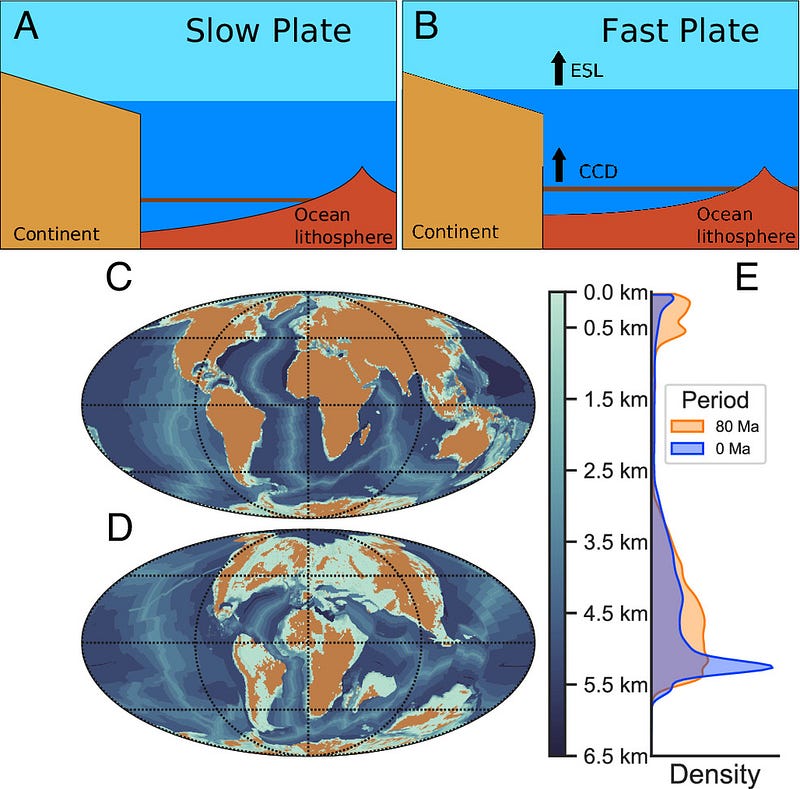
Evolution of first and second-order bathymetry illustrating how ocean floor changes affect carbon sequestration.
From a localized perspective, recognizing how bathymetry impacts carbon sequestration can enhance climate models and inform marine conservation strategies. Coastal regions with unique underwater features may possess distinct carbon storage capabilities, thereby influencing local climate patterns and marine ecosystems.
On a global scale, these insights have significant implications for our understanding of climate change and its mitigation strategies. Enhanced knowledge in this area is vital.
The study emphasizes how ocean floor topography affects carbon storage, offering valuable insights for scientists working on marine-based carbon dioxide removal technologies. Dr. Bogumil noted, “Gaining a deeper understanding of the long-term carbon cycle processes can inform scientists involved in marine-based carbon dioxide removal technologies aimed at combating climate change.” This perspective promotes a comprehensive approach to climate science, merging geological, oceanographic, and atmospheric data to devise effective solutions.
Moreover, the implications of this study extend even further, potentially revolutionizing the search for habitable planets. By connecting the evolution of a planet's interior to its surface conditions, scientists can better evaluate the habitability of distant worlds. Co-author Dr. Carolina Lithgow-Bertelloni explained, “With our newfound understanding of bathymetry's role in the carbon cycle, we can link planetary interior evolution to surface conditions when interpreting JWST observations and assessing planetary habitability.”
Who’s ready for a vacation to Mars?!
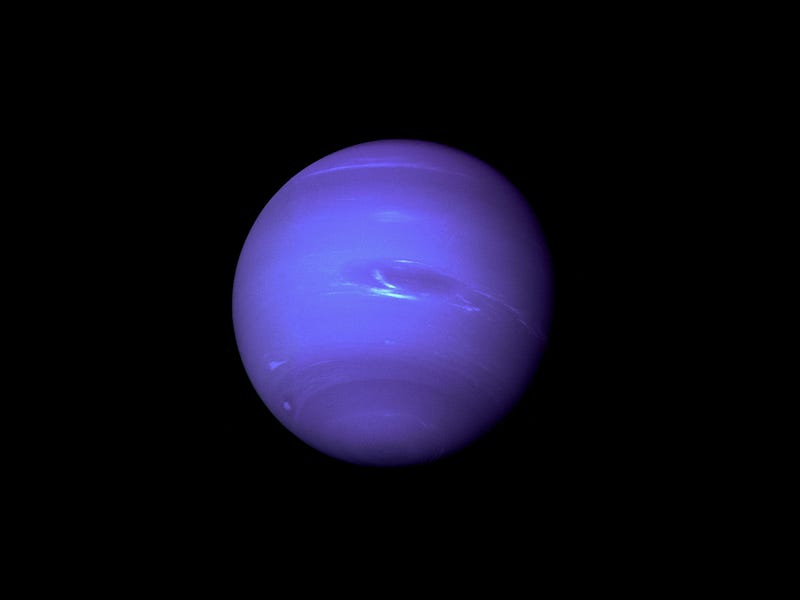
Photo by NASA on Unsplash
This research represents a crucial advancement in our understanding of Earth's carbon cycle and the factors that influence it. Furthermore, it paves the way for new directions in climate science and planetary exploration. The insights gained from this research will guide us toward a more holistic understanding of our planet and its role in the universe, as well as highlight our responsibility to care for it—our most pressing task at present!
In the words of the esteemed scientist Carl Sagan, “Somewhere, something incredible is waiting to be known.” This study brings us closer to uncovering the ocean floor's remarkable secrets and their potential implications for life on Earth and beyond.
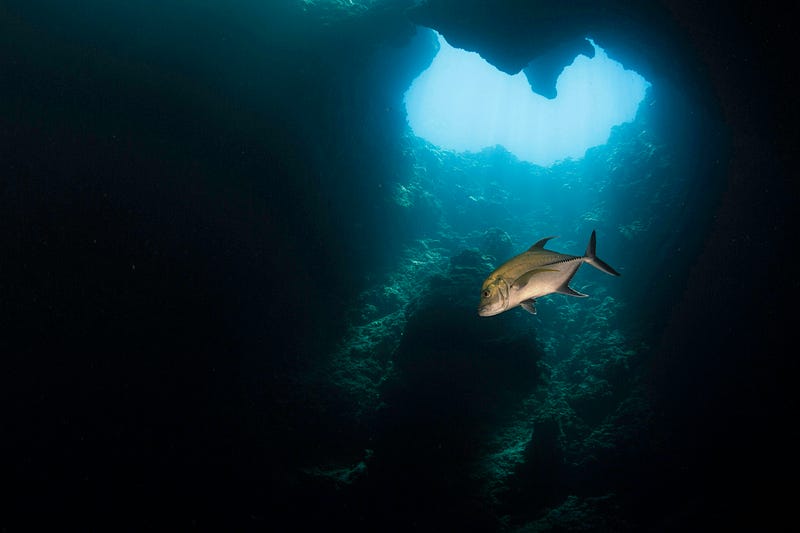
Photo by Milos Prelevic on Unsplash
Chapter 2: The Search for Answers
This video titled "What's NASA Trying to Find at the Bottom of the Ocean?" delves into NASA's exploration efforts to understand oceanic depths and their implications for life on Earth and other planets.
In the video "Ocean Encounters: Exploring Inner and Outer Space," viewers are taken on a journey that connects the mysteries of the ocean with the vastness of space, illustrating the interconnectedness of life and the cosmos.